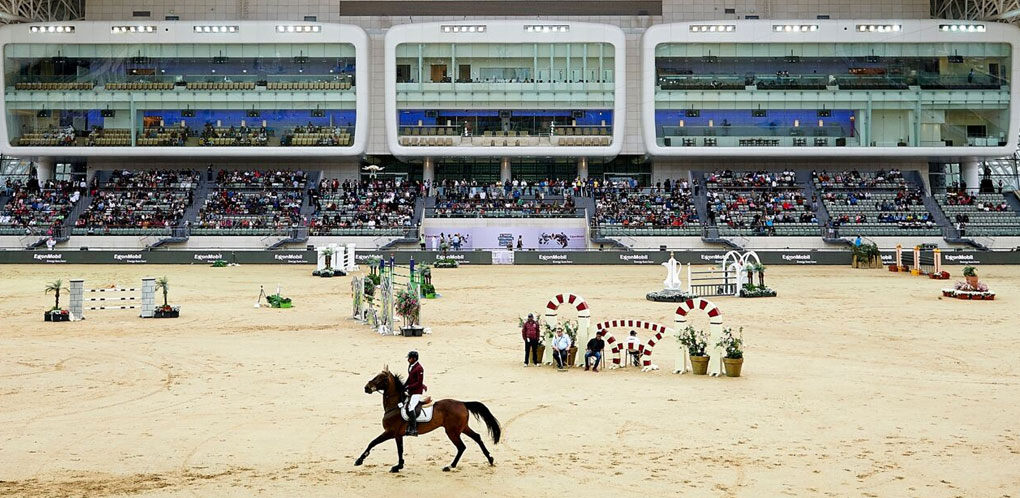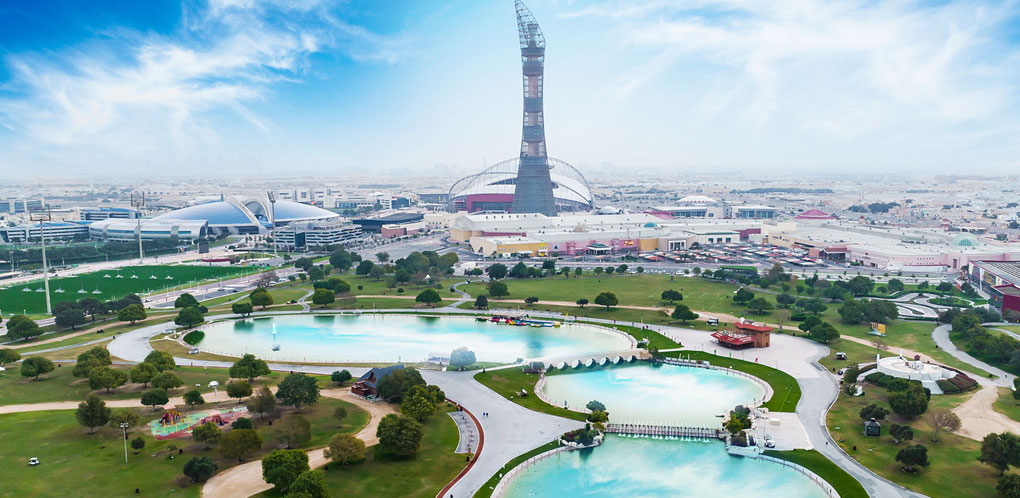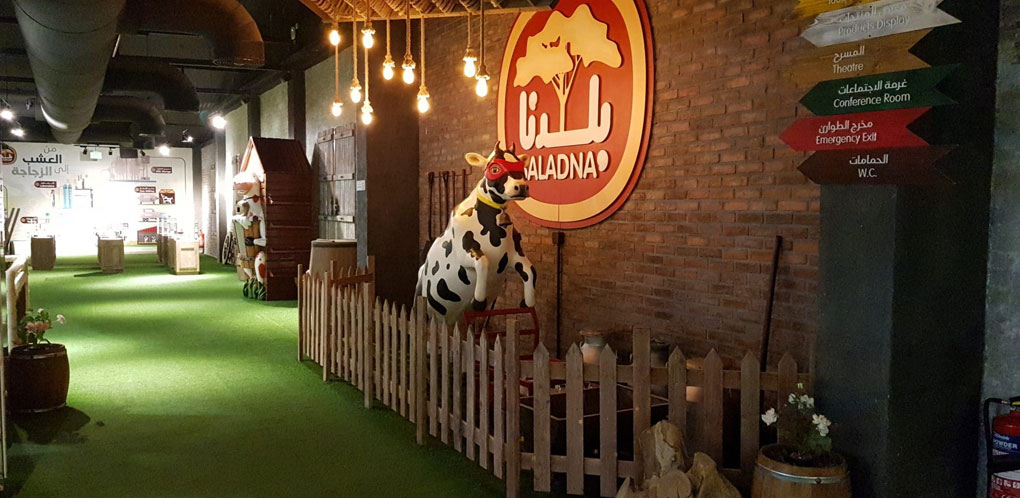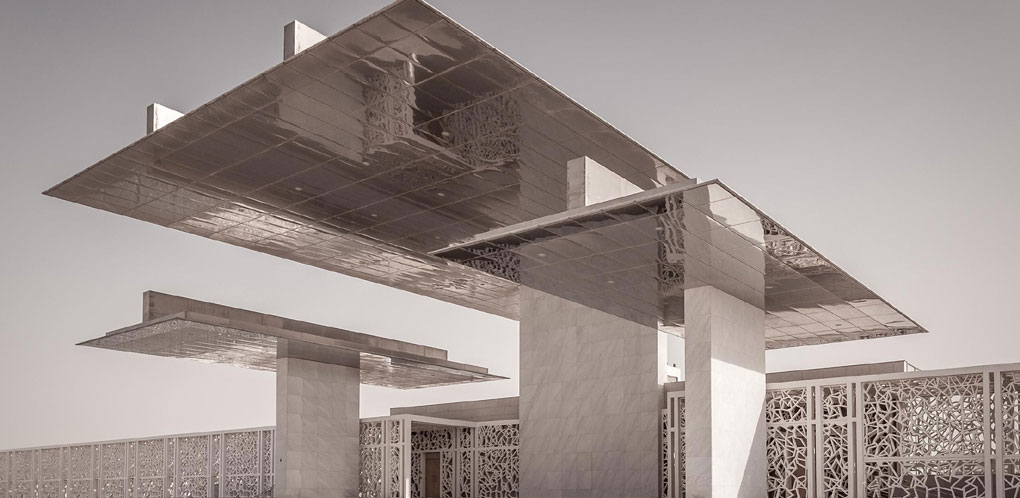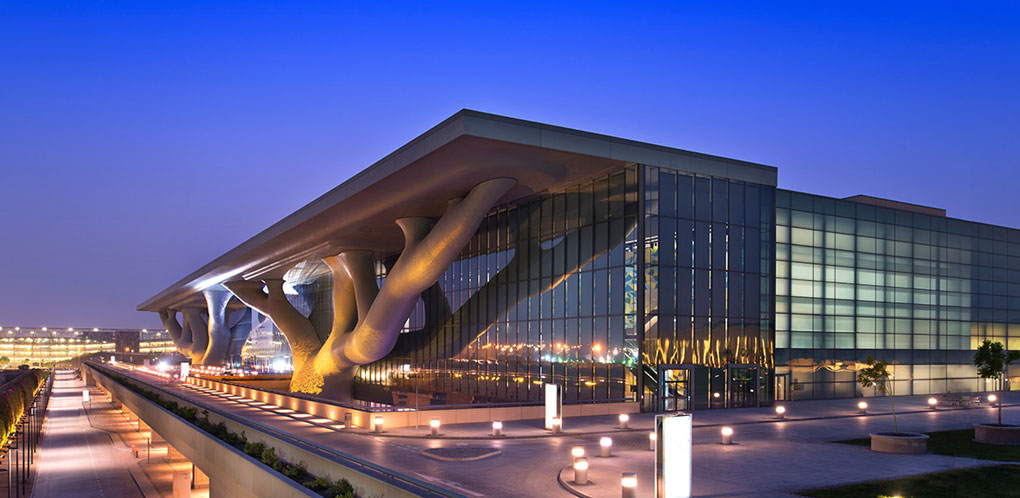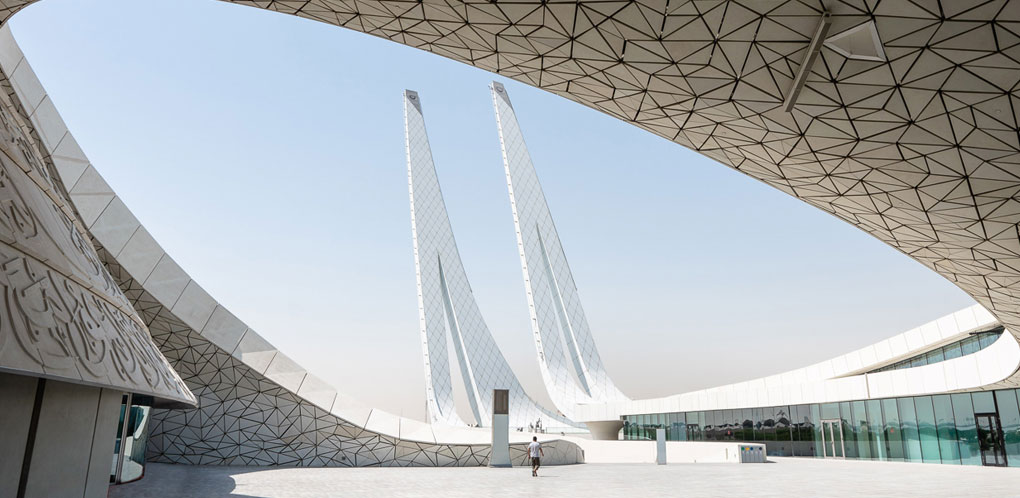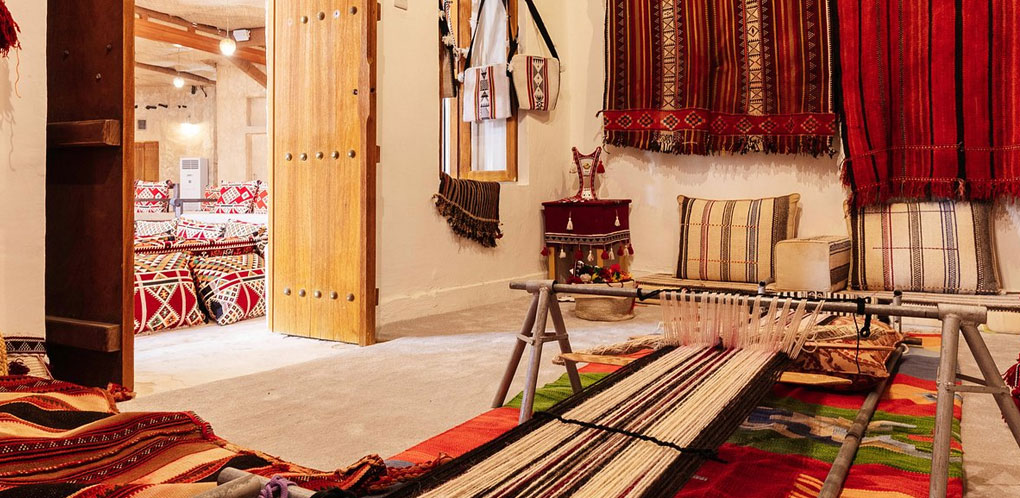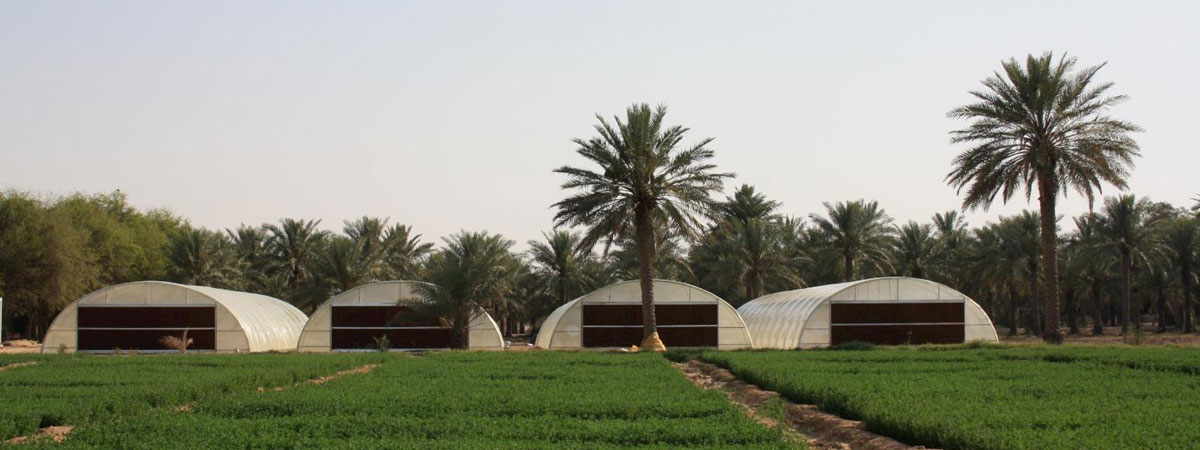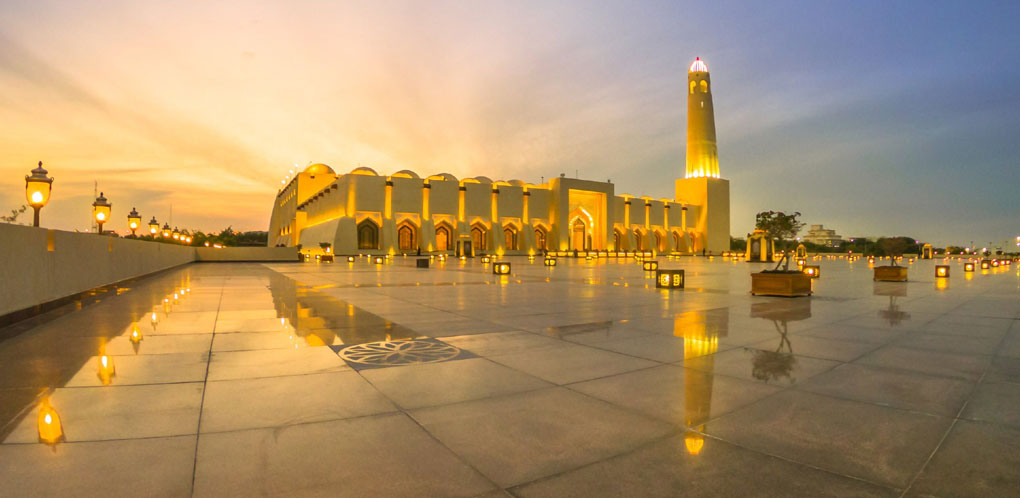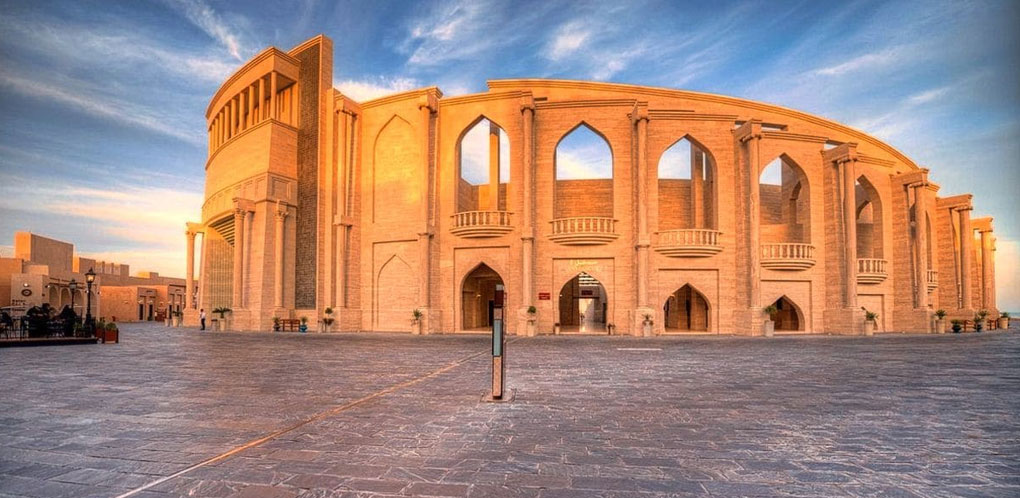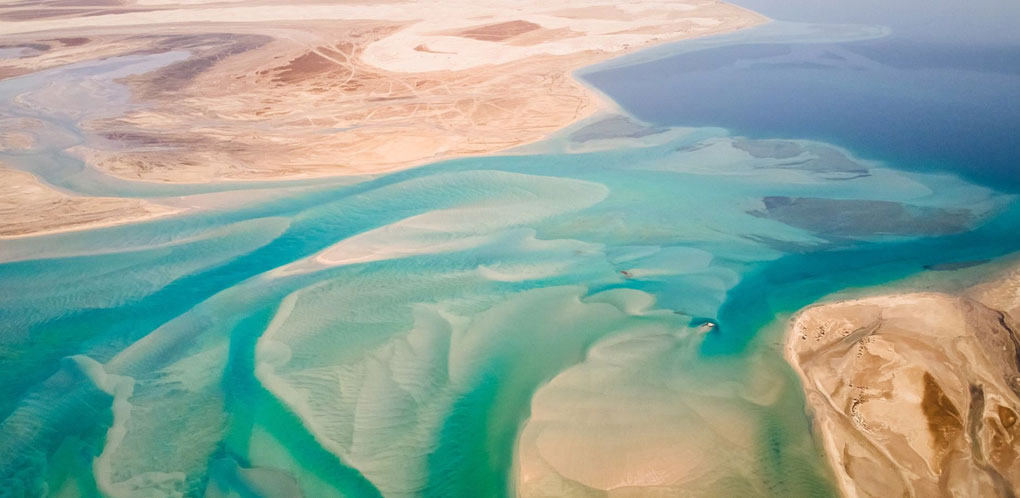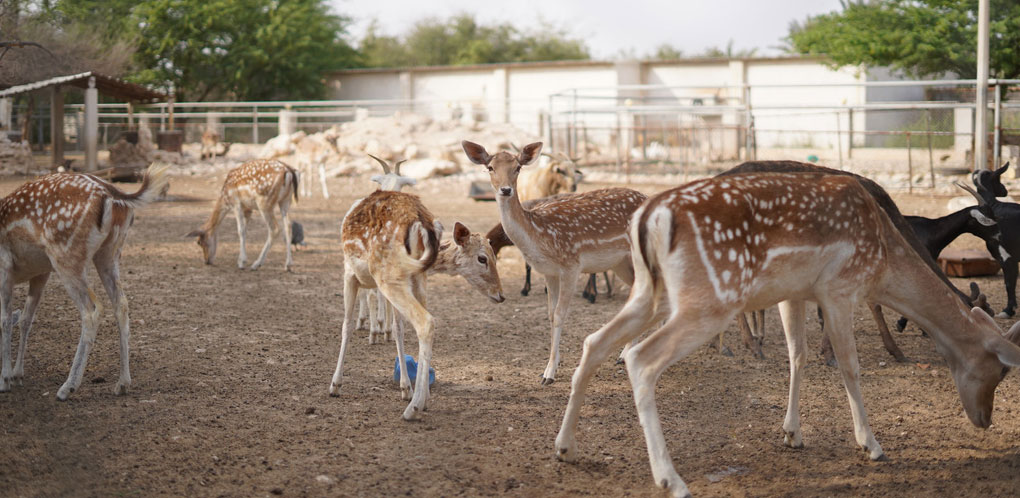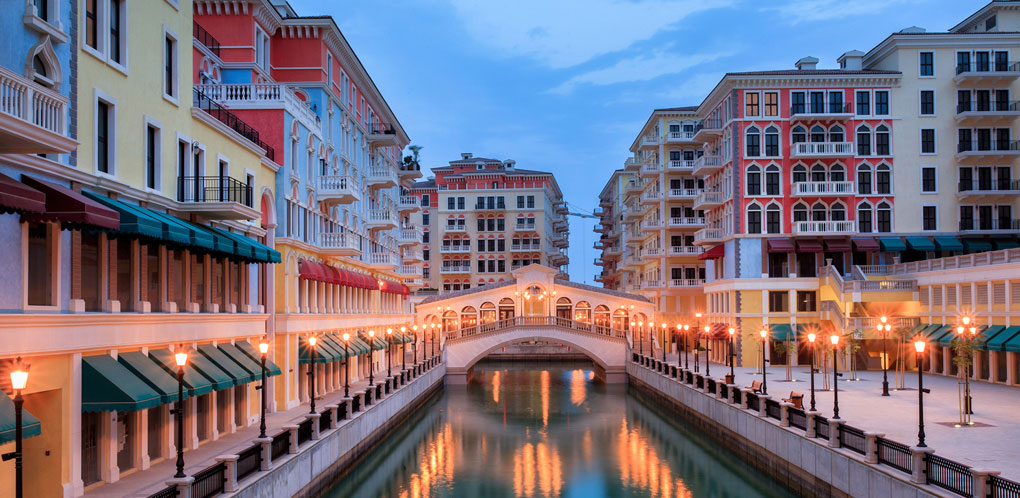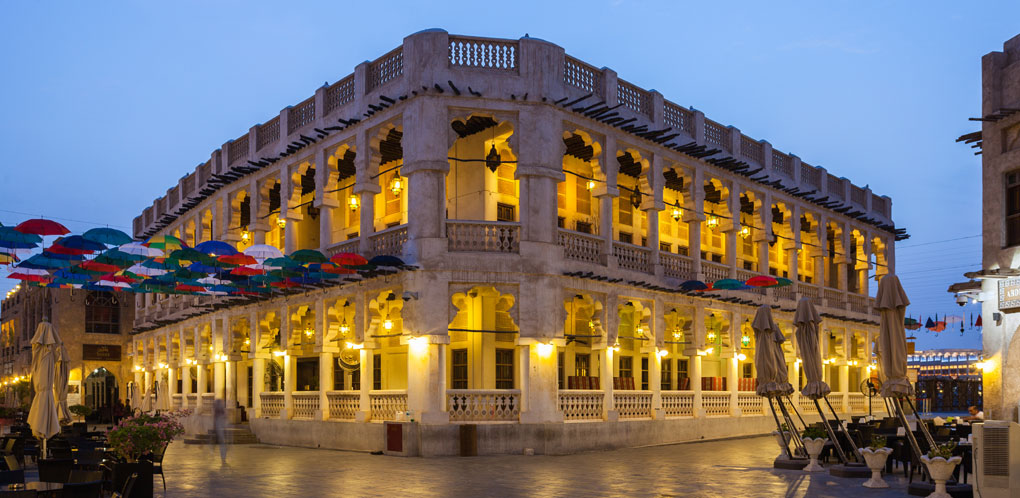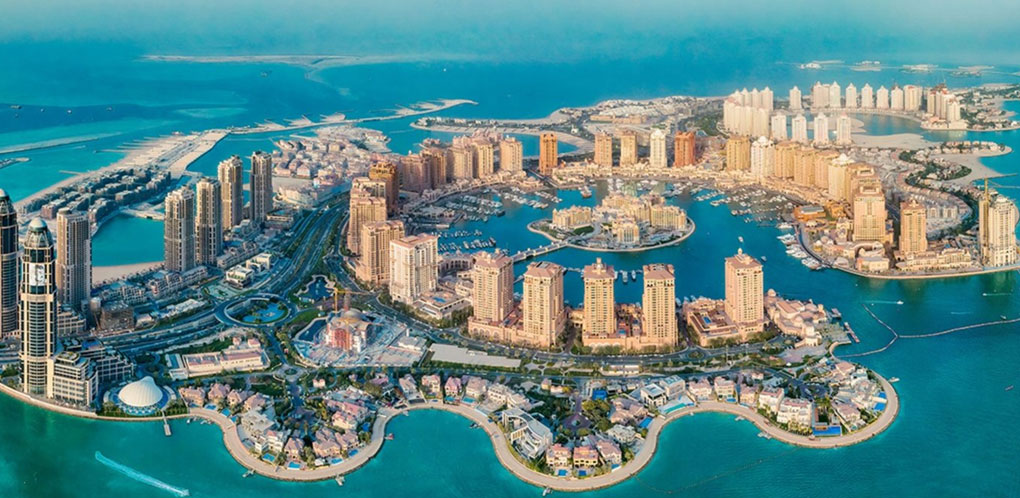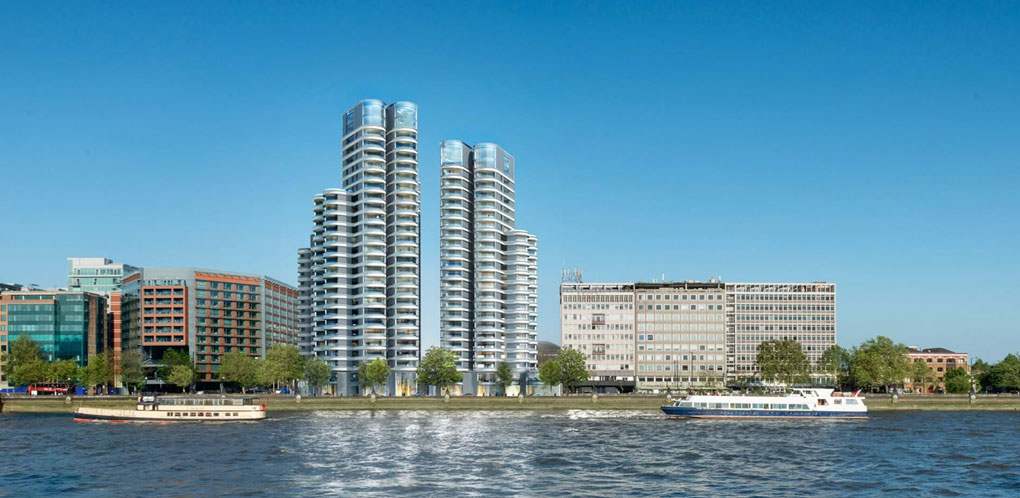
Al Ain
Al Ain, situated on the eastern side of the Tawam oasis, serves as the administrative hub of the Al Ain Region within the Emirate of Abu Dhabi, United Arab Emirates.
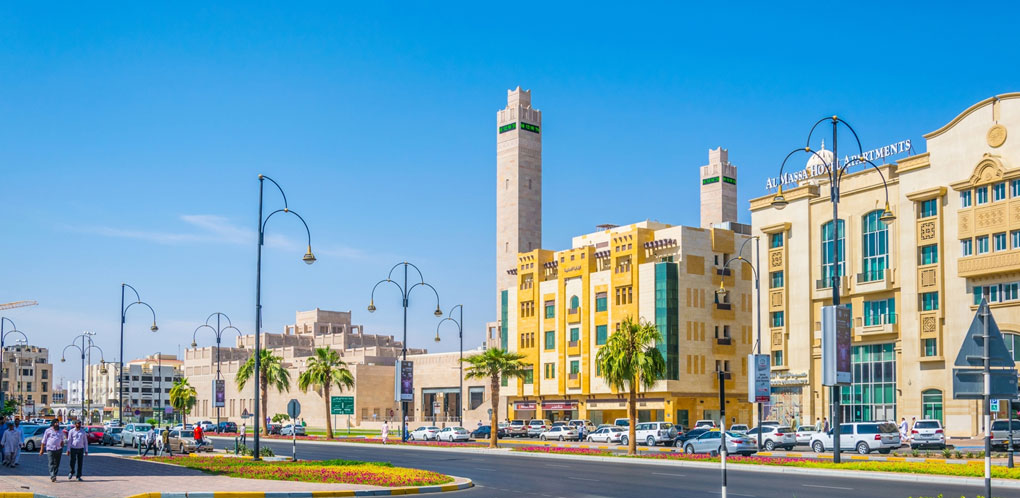
Bordered by the Omani town of Al-Buraimi in the Al Buraimi Governorate to the east, Al Ain holds several distinctions within the Emirates. It ranks as the largest inland city in the nation, the fourth-largest overall (following Dubai, Abu Dhabi, and Sharjah), and the second-largest within the Emirate of Abu Dhabi. The strategic positioning of Al Ain creates a geographic triangle with Abu Dhabi and Dubai, with each city approximately 130 kilometers (81 miles) from the other two via well-connected freeways.
Dubbed the “Garden City” of Abu Dhabi, the UAE, and the Gulf, Al Ain earns its moniker owing to its abundant greenery. The city boasts lush oases, verdant parks, tree-lined avenues, and ornate roundabouts, all contributing to its picturesque landscape. Notably, Al Ain imposes strict height regulations on new constructions, limiting them to a maximum of seven floors.
Renowned for its cultural and historical significance, the region encompassing Al Ain and Al-Buraimi, known collectively as Tawam or Al-Buraimi Oasis, holds a prominent place in history. It witnessed pivotal events during the Rashidun, Umayyad, and Abbasid eras, akin to other notable sites like Dibba and Ras Al-Khaimah. Moreover, Al Ain holds deep ties with Sheikh Zayed bin Sultan Al Nahyan, the revered founder of the United Arab Emirates, who resided in the city from at least 1927 before assuming rulership of the Emirate of Abu Dhabi in 1966. While it is widely believed that Sheikh Zayed was born in Abu Dhabi, some theories suggest he may have been born in Al Ain. Additionally, Al Ain may boast the oldest mosque in the country, situated within the premises of the Sheikh Khalifa Mosque.
Climate of Al Ain
The city has a hot desert climate, featuring long, extremely hot summers and warm winters. In Al-Ain, the mean annual rainfall is 96 mm (3.8 in) and the average relative humidity is 60% (United Arab Emirates University, 1993). Low humidity in Al-Ain, particularly during the summers, makes it a popular destination for many people at that time of year. Boer (1997) classified the UAE climate as hyper-arid and divided it into four climatic regions: the coastal zone along the Persian Gulf, the mountain areas northeast of UAE, the gravel plains around Al Ain, and the central and southern sand desert. More rainfall and lower temperatures occur in the northeast than in the southern and western regions. The monthly average rainfall around Al-Ain was 100–120 mm (3.9–4.7 in) from the period 1970 to 1992.

